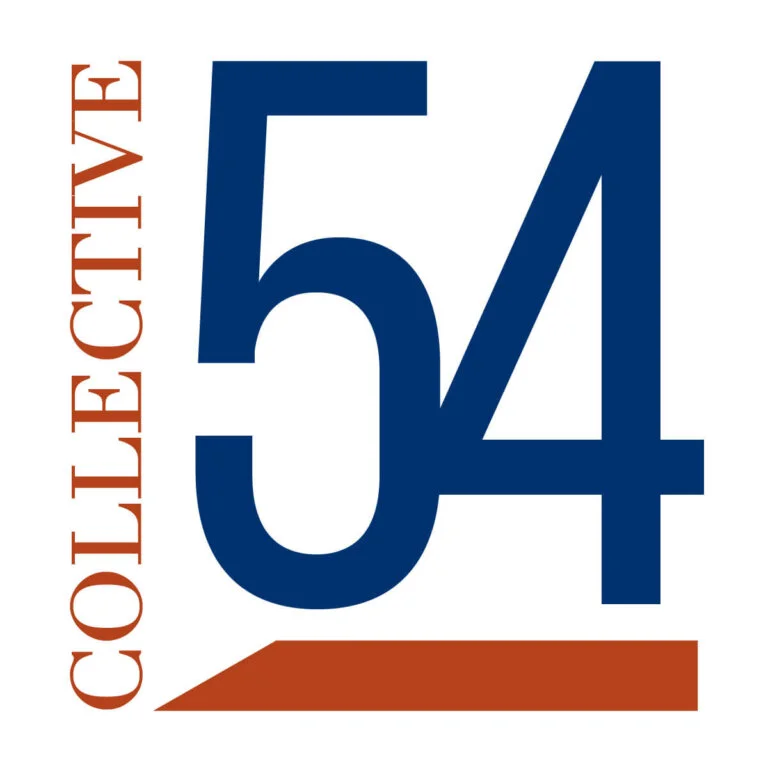|
Getting your Trinity Audio player ready... |
The Engagement Trap: 10 Mistakes Professional Services Firms Make And How to Avoid Them)

Why even smart firms stall client progress and how great ones earn trust, drive impact, and stay indispensable
In the world of professional services, consulting, legal, creative, and advisory, delivering real value has never been more critical. Clients today are under pressure to deliver results, not just rack up invoices or slide decks. They’re demanding faster outcomes, deeper insights, and partnerships that help them move forward, not just stand still with a binder full of strategy.
Yet even the smartest firms that are well-staffed, well-meaning, and well-resourced, fall into traps that limit their effectiveness. These traps aren’t about a lack of intelligence or talent. They’re structural and behavioral missteps that erode trust, stall progress, and weaken the client relationship over time.
If you’re serious about becoming indispensable to your clients, not just a vendor, but a true strategic partner, understanding these common mistakes and how to avoid them is essential.
Below, we outline the 10 most frequent engagement mistakes and what your firm can do instead to deliver lasting, transformative value.
1. Leading with the Deck, Not the Dialogue
Mistake: Rushing to present pre-built frameworks or solutions.
Impact: Clients feel misunderstood or talked at — not seen, not heard.
Fix: Prioritize discovery. In your early interactions, leave the pitch deck behind and engage in meaningful, open-ended conversations. Ask questions that surface context, concerns, and constraints. Clients are far more receptive to recommendations when they feel ownership in the process — not when they’re being sold to.
2. Solving for Symptoms, Not Systems
Mistake: Jumping to fix what’s obvious without asking why it’s happening.
Impact: Short-term relief, but no meaningful or sustainable change.
Fix: Diagnose the system. Behind every surface-level issue is a web of interdependent processes, incentives, culture, and leadership dynamics. Great firms map the system, not just the symptom. That means going beyond a single team or problem to look at how decisions, bottlenecks, and silos upstream are contributing to downstream pain.
3. Trying to Be Right, Instead of Being Useful
Mistake: Prioritizing brilliance and intellectual horsepower over practical usability.
Impact: Impressive presentations, but no action.
Fix: Make recommendations real. Ideas don’t matter unless they move the needle. Ground your solutions in operational feasibility and business relevance. Great consultants are translators as much as they are strategists. They take the complex and make it actionable, bridging the strategy-to-execution gap (between insight and execution).
4. Getting Lost in PowerPoint
Mistake: Equating the completion of a slide deck or report with a job well done.
Impact: Clients feel overwhelmed by information but underwhelmed by progress.
Fix: Prioritize activation over articulation. Yes, clarity matters. But don’t let documentation become the endpoint. What matters more is whether your ideas gain traction, get implemented, and deliver results. Ask yourself: have we moved the organization forward, or just filled another folder on the shared drive?
5. Talking to the Top, Ignoring the Frontline
Mistake: Only engaging executives or sponsors.
Impact: Missing the insights and buy-in from those closest to the work.
Fix: Create a 360° engagement strategy. Yes, the C-suite has decision-making power. But frontline employees often hold the keys to what will actually work in practice. Including them not only enriches your insights, it builds early champions, and fosters deeper trust throughout the organization.
6. Measuring Too Much—or Nothing at All
Mistake: Flooding the engagement with dashboards, or not tracking impact at all.
Impact: Confusion, disengagement, and lack of focus.
Fix: Define the few metrics that matter most. Choose 3–5 high-impact indicators and revisit them often. Use them to guide decision-making, communicate progress, and reinforce shared priorities. Simple, visible metrics are one of the best ways to create alignment and momentum.
7. Overcustomizing or Overtemplating
Mistake: Reinventing every wheel or applying a one-size-fits-all playbook.
Impact: Either operational inefficiency or misalignment with client context.
Fix: Adapt frameworks with discipline. Think of your templates, tools, and IP as a starting point — not a crutch. Great firms bring intellectual assets to the table, but tailor them in ways that feel bespoke and relevant. Cookie-cutter won’t cut it, but nor will chaos disguised as customization.
8. Failing to Plan the Handoff
Mistake: Finishing the project and walking away without transition planning.
Impact: Initiatives lose steam the moment the firm exits.
Fix: Build internal ownership from the start. Every engagement should include a clear plan for capability-building, knowledge transfer, and sustainability. Co-author the solution with your client’s team, and ensure they have what they need — tools, training, and confidence — to run with it after you’re gone.
9. Ignoring the Client’s Internal Politics
Mistake: Assuming logic and data will carry the day.
Impact: Recommendations get derailed by hidden dynamics and power struggles.
Fix: Understand the human terrain. Behind every org chart is an influence map along with the psychological factors that either help or hinder business performance. Identify champions, blockers, gatekeepers, and informal leaders early. Great firms know how to navigate organizational politics not by manipulating, but by respecting the realities of how decisions really get made.
10. Confusing Means with Ends
Mistake: Equating effort, motion, and meetings with progress.
Impact: Burnout for the firm and frustration for the client — with little to show.
Fix: Stay ruthlessly focused on outcomes. Trim the fat from the process. Avoid activity for activity’s sake. Each move should serve a purpose, and every meeting should drive decisions or unblock action. Great firms don’t just work hard, they work on what matters most.
The Bottom Line: It’s Not About Doing More. It’s About Doing What Matters.
Great firms don’t stand out because they have the slickest decks or most complex models. They stand out because of how they engage.
They build trust before frameworks, recognizing that real progress starts with listening, not pitching. They co-create solutions, speak the client’s language, and treat each engagement as a relationship — not a transaction. And above all, they remain outcome-obsessed, laser-focused on unlocking value, solving the right problems, and helping clients achieve meaningful progress.
In a high-stakes, hypercompetitive services environment, avoiding these traps isn’t just good practice. It’s the difference between being seen as a trusted partner or just another vendor.
Because in the end, the firms that stay indispensable aren’t the ones with the best answers. They’re the ones that ask the best questions and help their clients find the path forward, together.
